Capturing the Wild: A Guide to Animal Photography
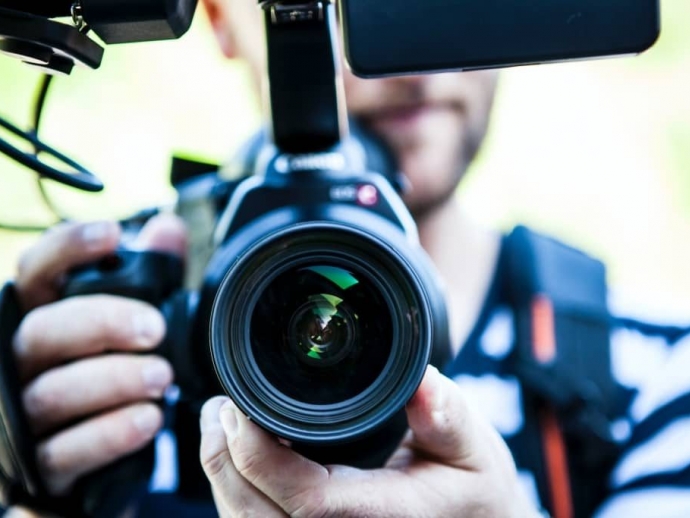
Animal photography is a thrilling and rewarding endeavor that allows you to connect with the natural world and showcase the beauty of creatures big and small. Whether you're a novice or an experienced photographer, these tips will help you master the art of animal photography. From selecting the right gear to understanding animal behavior and composition techniques, we've got you covered.
Gear Selection
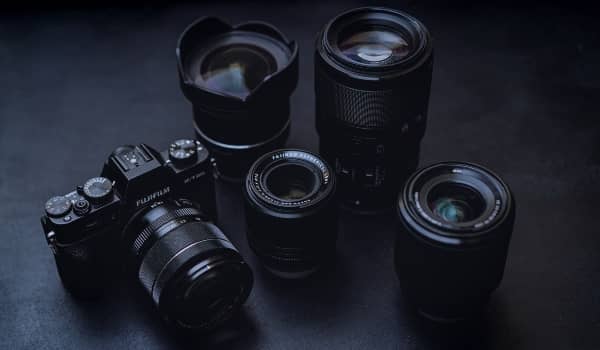
1. Invest in a Good Camera
The foundation of animal photography is a good camera. While smartphones can capture decent shots, a DSLR or mirrorless camera with interchangeable lenses offers more control and image quality. To find the best camera for animal photography, a little bit of research is needed.
2. Select the Right Lens
For wildlife photography, a telephoto lens is essential. A 70-200mm or 100-400mm lens allows you to get close-ups while maintaining a safe distance. For birding, a longer focal length lens like a 400mm or 600mm is ideal. The best lens for wildlife photography may not be cheap but is certainly worth it if you can get your hands on one.
3. Tripod and Monopod
To avoid shaky shots, especially in low light conditions, consider using a tripod or monopod. These tools provide stability and enable you to take your time composing the perfect shot. The best tripod for wildlife photography will be one that suits your needs.
Understanding Animal Behavior
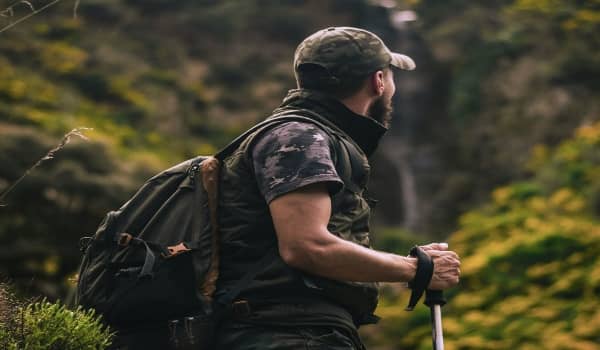
4. Research and Patience
Knowing the habits, habitats, and routines of the animals you want to photograph is crucial. Spend time researching your subject and be patient. Wildlife doesn't follow a script; you may have to wait for hours to get the perfect shot. Animal behavior may be unpredictable, so always be careful and be aware of your surroundings.
5. Blend In
Camouflage and stealth are your allies in animal photography. Dress in earthy tones, stay downwind, and move slowly to avoid startling your subjects. There are some interesting and very useful animal photography camouflage available.
6. Be Ethical
Respect and protect the animals you are photographing. Avoid disturbing or stressing them. Keep a safe distance and follow ethical guidelines set by organizations such as the Audubon Society or the National Wildlife Federation.
Composition Techniques
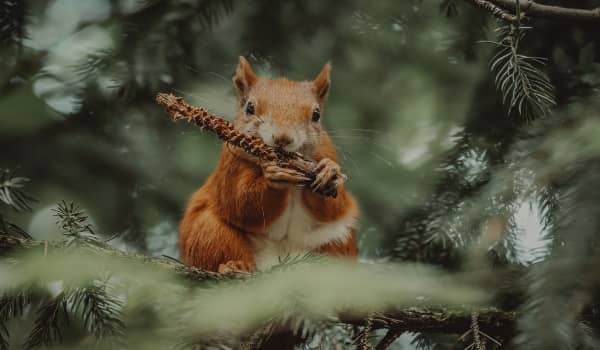
7. The Rule of Thirds
Divide your frame into a 3x3 grid, and place your subject at the intersections or along the lines. This adds balance and makes your photos more visually appealing. This Rule of Thirds in wildlife photography goes a long way with the results.
8. Leading Lines
Use natural elements like branches, rivers, or animal tracks to lead the viewer's eye toward your subject. This technique adds depth and interest to your photos. The leading lines you incorporate will make your photo capture curious eyes.
9. Negative Space
Sometimes, less is more. Utilize negative space to draw attention to your subject. A simple background highlights the animal and evokes a sense of isolation or freedom.
10. Framing
Frame your subject with natural elements like leaves, trees, or rocks to add context and depth to your shots. This technique can create a more immersive experience for the viewer.
Lighting
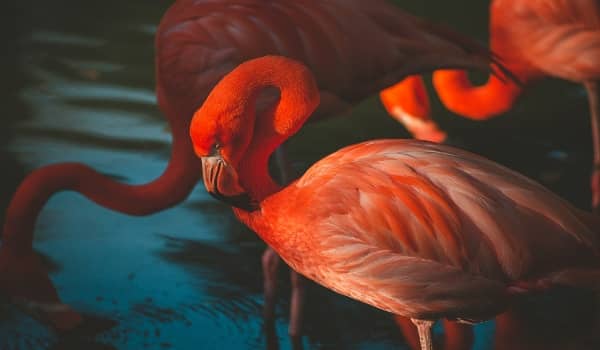
11. Golden Hours
The best lighting for animal photography is during the golden hours – the first and last hours of daylight. The warm, soft light enhances colors and adds a magical quality to your images.
12. Overcast Days
Cloudy and overcast days provide soft, diffused light, reducing harsh shadows. This is ideal for photographing animals with reflective or shiny fur, as it minimizes glare.
13. Backlighting
Shoot with the light source behind your subject to create a striking silhouette effect. This technique adds drama and emphasizes the contours of your subject.
Camera Settings
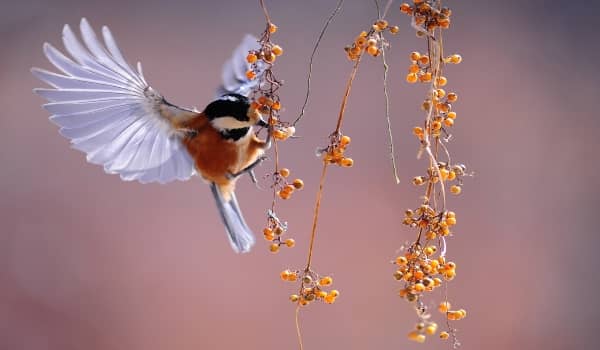
14. Shutter Speed
To capture fast-moving animals, set your shutter speed to at least 1/500 of a second. For birds in flight or running mammals, you may need 1/1000 or higher.
15. Aperture
Choose a wide aperture (low f-number) to create a shallow depth of field, which blurs the background and emphasizes your subject. This technique is great for portraits of animals.
16. ISO
Keep your ISO as low as possible to minimize noise. Use a tripod or a monopod when shooting in low light conditions to avoid raising the ISO.
Post-Processing
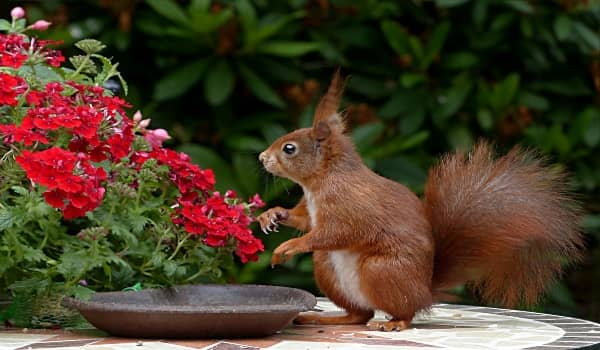
17. Use RAW
Should you use RAW or JPEG? Shoot in RAW format to retain the most data in your images. This allows for greater flexibility during post-processing.
18. Crop and Straighten
Image cropping is an important and easy tool to use, so make sure you incorporate this step. Crop and straighten your images in post-processing to improve composition and remove distractions.
19. Color Correction
Correct the colors in your images using software like Adobe Lightroom. This ensures that the colors appear as they did in real life. Using color correction will make your images more realistic, as they should be.
Safety First
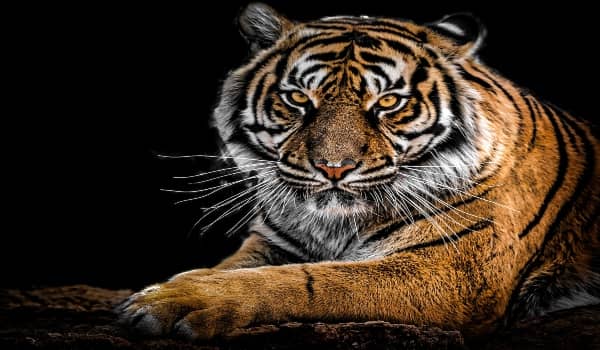
20. Respect Wildlife
Be ethical. Always prioritize the safety and well-being of animals (and also your own). Avoid any actions that could harm or stress them.
21. Protect Yourself
In the wild, you may encounter dangerous animals or insects. Carry protective gear like insect repellent, bear spray, or a first aid kit to help ensure your safety. Taking precautions and safety measures should never be underestimated when a life-or-death situation is possible to occur.
22. Check Local Regulations
Before photographing wildlife in a particular area, familiarize yourself with local regulations and guidelines. Some locations may have restrictions to protect both wildlife and photographers.
Closing Thoughts on Capturing the Wild
The above tips are based on standard photography practices and commonly accepted guidelines in the field of wildlife and animal photography.
Animal photography is a blend of art, science, and patience. It allows us to appreciate the beauty and diversity of the animal kingdom while improving our photographic skills. By selecting the right gear, understanding animal behavior, mastering composition techniques, and making the most of lighting and camera settings, you can capture stunning and memorable animal photographs. Remember to prioritize ethics, safety, and respect for the animals you encounter in your journey as a wildlife photographer. Happy shooting!